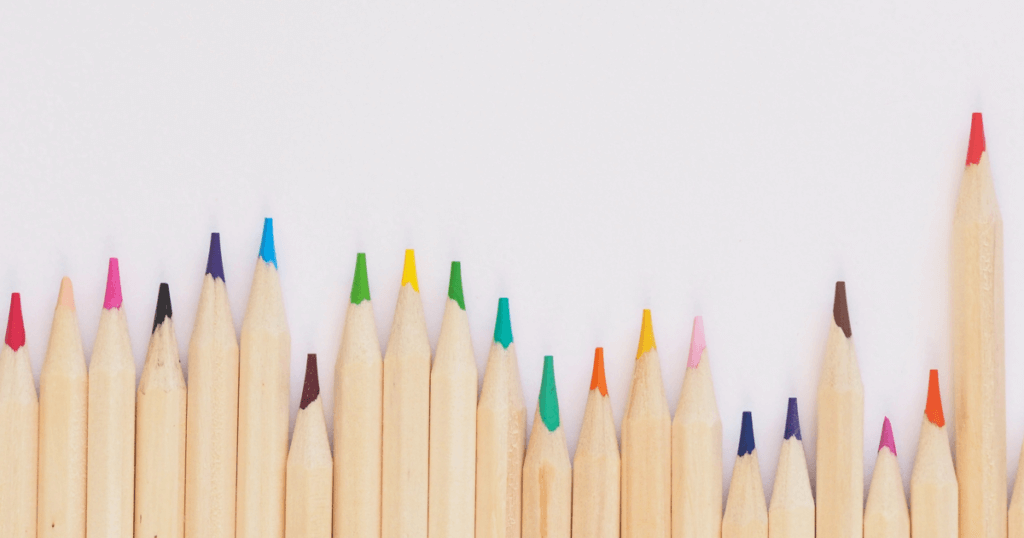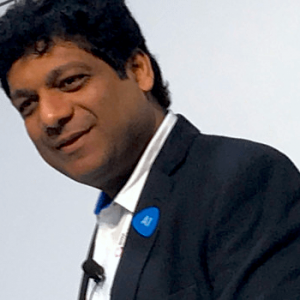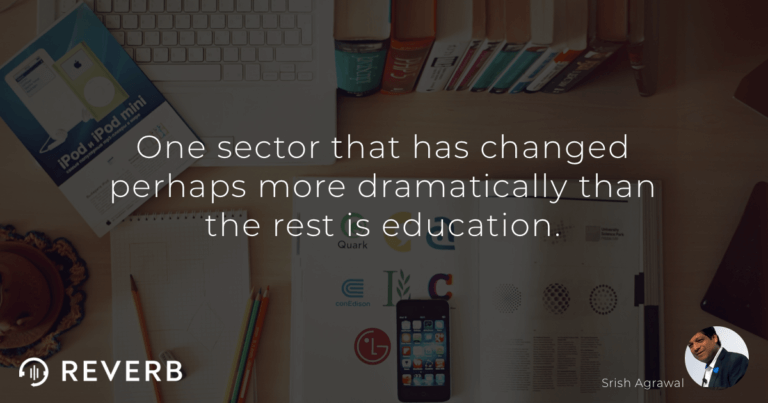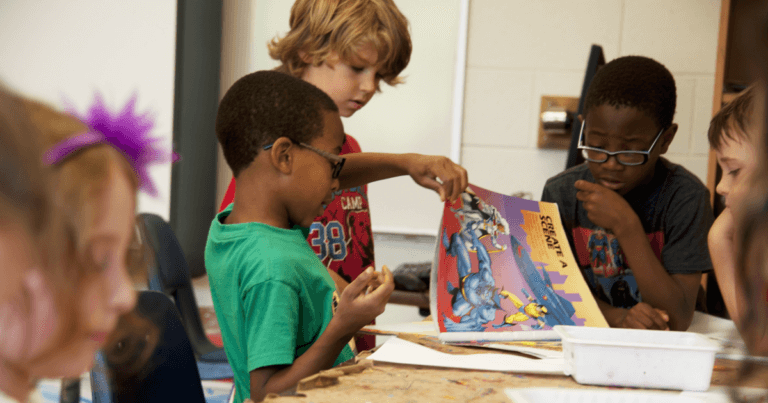The author’s views are entirely his or her own and may not always reflect the views of Reverb.
In the last few months, there have been tectonic shifts in the way the world moves. Work Culture has changed. Means of social interaction have changed. Lifestyle has changed.
One sector that has changed perhaps more dramatically than the rest is education.
To maintain a healthy social distancing, schools and colleges worldwide have adopted remote learning.
Online classes are the norm now, and surprisingly, even the formative/pre-school classes have gone online.
So naturally, the question surfaces, “How long will this last for?” Will this be a temporary fix or a permanent solution? This is a question educators have been asking themselves for a long time.
This kind of pedagogy has both its advantages, as well as pitfalls. If analyzed carefully, distance or remote/online classes are a sensible choice for the upcoming school year.
The online learning process is flexible, offers a wide range of programs, improves time management skills, and is accessible anywhere, anytime. Now that the number of smartphone users surpasses 3 billion worldwide, accessing Zoom, Google Meet, and Skype is child’s play (no pun intended)!
However, considering that humans are social animals, face-to-face communication is paramount to maintaining mental sanity. In education, this is known as SEL – social and emotional learning.
Moreover, in developing countries, internet connectivity isn’t always strong enough to access online classes. At the same time, e-learning lacks self-motivation for students that is necessary for completing online courses. External motivation from an instructor is needed.
With all this said, there’s doubt over the durability of online and distance learning in its current form. Will students return to the classroom and continue the status quo? Or will this alternative remain a convenient and permanent option for future generations?
Here’s what’s known. For distance learning to continue as a viable option for the masses, emphasis on SEL and UDL – universal design for learning – has to be made by technologists, teachers, and advisors.
I am a keen supporter of this new model of pedagogy and am confident it will evolve, and the so-called pitfalls will get resolved through the help of innovative technologies and ever-evolving human behaviorism.






